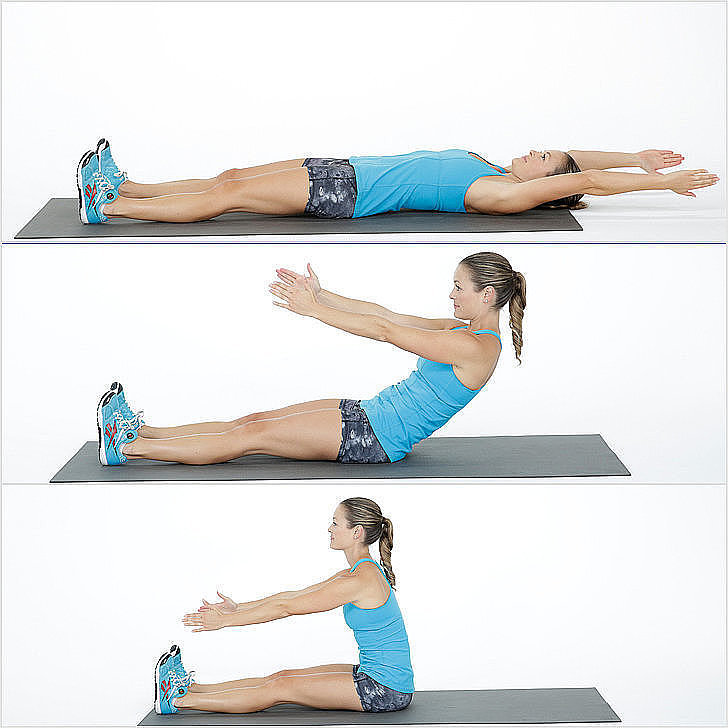A woman’s level of physical activity does not affect the density of her breasts, according to research presented at 10th European Breast Cancer Conference.Exercise may not contribute to breast density, but physical activity can still reduce the risk of breast cancer. Breast density has been widely considered a strong risk factor for breast cancer, with statistics suggesting a four to six times higher likelihood of the disease in breasts over 75% mammographic density, compared with those with a density lower than 25%. Not only does dense breast tissue make it harder for a mammogram to pick up small tumors, but…
Exercise may not contribute to breast density, but physical activity can still reduce the risk of breast cancer.
Breast density has been widely considered a strong risk factor for breast cancer, with statistics suggesting a four to six times higher likelihood of the disease in breasts over 75% mammographic density, compared with those with a density lower than 25%.
Not only does dense breast tissue make it harder for a mammogram to pick up small tumors, but dense breasts themselves have been associated with a higher chance of cellular abnormality.
However, recent studies have indicated that dense breasts may not necessarily imply a higher risk of breast cancer and have proposed using alternative criteria when recommending additional screening.
Exercise as a modifiable risk factor
Physical activity is considered a significant modifiable factor in breast cancer risk, and since exercise reduces fatty tissue and BMI, it has been thought to increase breast density. However, studies into the relationship between physical activity and breast density have been inconclusive.
A team led by Shadi Azam, of the University of Southern Denmark in Esbjerg, analyzed the physical activity of 5,703 pre- and post-menopausal participants in the Danish prospective Diet, Cancer and Health (DCH) study. All the women underwent breast screening from 1991-2001.
The researchers collected data on hours spent in physical activity relating to leisure time, transportation and work. They categorized the number of hours as none, up to 2, 2-4, and more than 4 hours per week.
They classified work-related activities as sedentary, standing, manual and heavy manual work.
The women underwent screening at one hospital in Copenhagen, Denmark, and results were checked independently by two radiologists.
Breast density was categorized into fatty tissue, which is the least dense, and mixed/dense.
To validate the results, the team used the Breast Imaging and Data System (BI-RADS) assessment tool, designed to standardize reporting and calculate a patient’s risk of developing breast cancer.
Level of physical activity does not correlate with breast density
The personal identification number system of the Danish Civil Registration System made it possible to link the breast density results to the data on physical activity.
Findings showed that 56.3% of women had mixed or dense breasts. Of these, 47.5% participated in sports, 70.1% cycled, 52.2% did gardening and 92.7% walked.
However, after adjustment for other factors, higher breast density was not linked at all with walking and only very slightly with gardening. There was no association between time spent on physical activity and breast density or time spent on physical activity at work.
Azam says:
“We initially found a significant association between participation in sports and cycling with the chances of having denser breasts, but the odds of having dense breasts were reduced and did not reach a significant level after we adjusted for other factors.”
To lower the risk of the disease, experts recommend exercising regularly, eating more fruit and avoiding or limiting alcohol, smoking, red and processed meats, sweets and high-fat dairy products.
Weight gain and obesity, especially during menopause, and hormone replacement therapy (HRT) all increase the risk.
The authors hope that further studies will shed more light on the links between physical activity and breast cancer risk.
Conference chair Prof. Fatima Cardoso, director of the Breast Unit of the Champalimaud Clinical Centre in Lisbon, Portugal, says that untangling these complex associations can help decide who needs extra screening and to improve preventive strategies.
Medical News Today reported recently that inconsistency in measurements of breast density raises questions about its validity as a criterion for recommending additional screening.
Source: Revisiting breast density, exercise and breast cancer : Medical News Today




